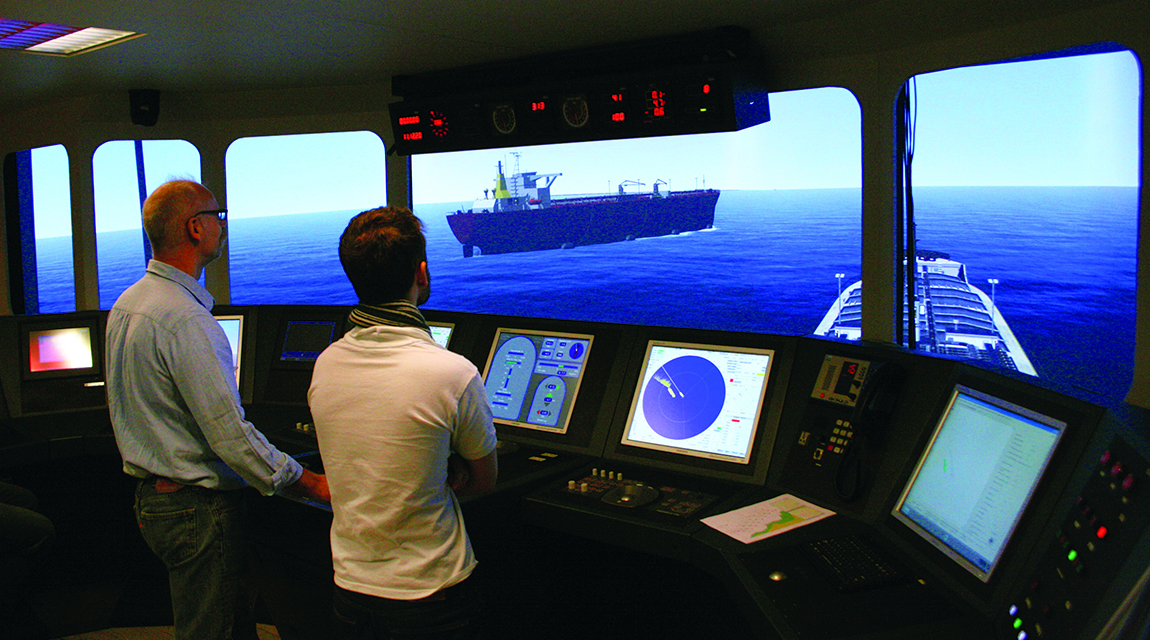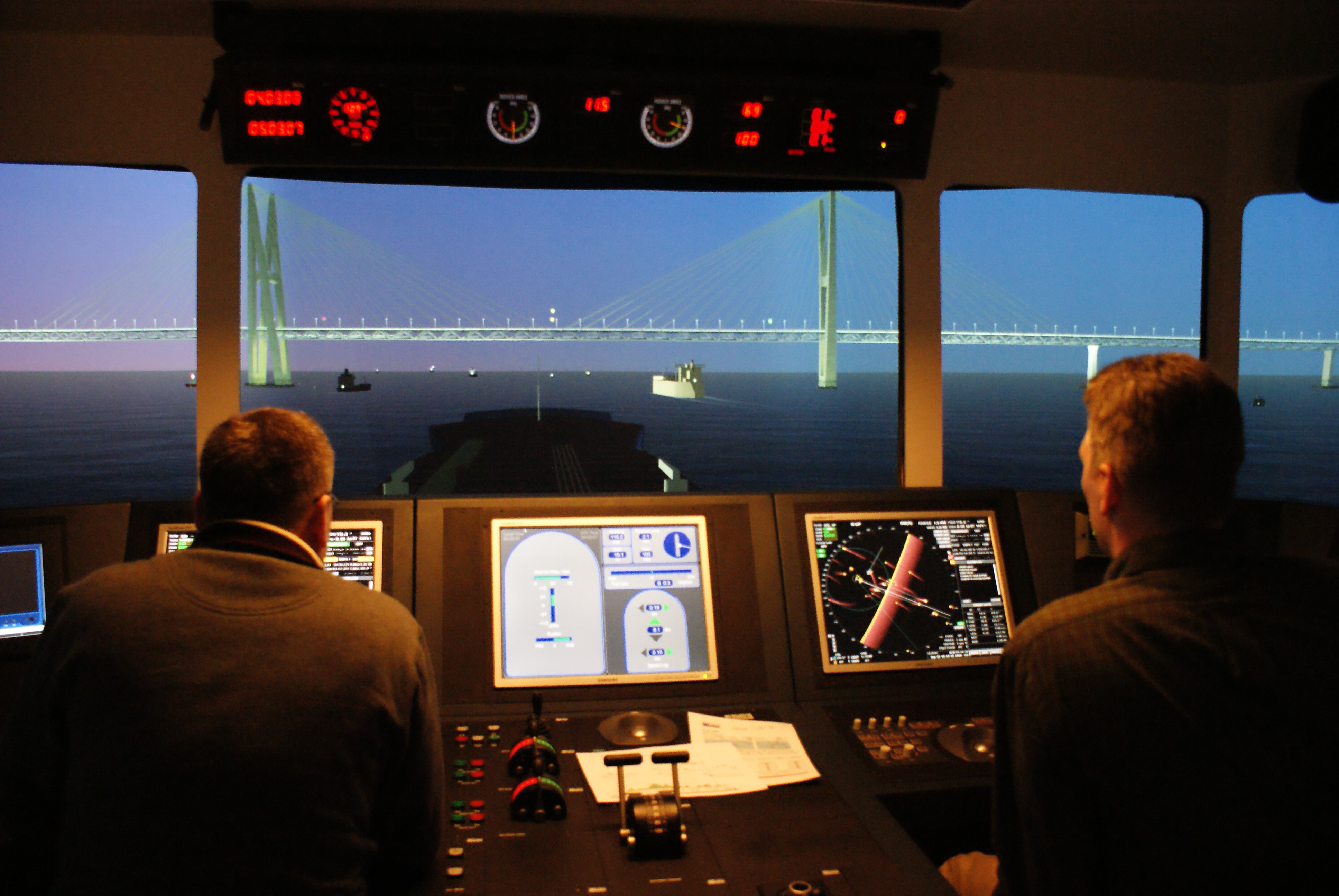Investigation of tug incidents
When tug accidents occur questions arise like “What went wrong?’ and more importantly ‘How do we ensure the likelihood of repetition is very close to zero?’. Our methods help identify the cause of the accidents.
Typical scenarios where tugs are involved in accidents are when they provide assistance in river bends (upstream or downstream). The unpredictable change in the current’s direction or strength contributes to a loss of control of the assisted ship.
Another classical hazard is caused by the difference in speed between the assisted vessel and the tug. This can cause the tug to girt, capsize, collide and/or sink.
Human factors is essential
The Human factor element is a core aspect in accident investigations, as it provides the basis for a useful and reliable investigation. As Guillermo Garay, Senior Instructor at FORCE Technology explains:“When performing accident investigations, we never concentrate on the mistakes, instead the investigation has to answer why top professionals, who, until now have always succeeded, today failed with significant adverse consequences”
Trial and Error – the ingrained way of learning
People learn from their mistakes and this valuable experience turns into knowledge that becomes a part of their daily work. However, after a period of time these people will have left the crew and the important knowledge leaves along with them. After a period of time new employees will start making exactly the same mistakes.For this reason, the accident investigation never concentrates on the individuals. Instead, we use the knowledge gathered in the investigation to change the operational environment (“the system”). Thereby the system will interrupt the chain of events leading to the incidents.
The course of the investigation
It is important to be on board the tug as quickly as possible after an incident. Experience shows that 48 hours after the incident took place, more than 50 % of valuable information has already been lost. Preserving the area and identifying key personnel to be interviewed is the next step in the process.However, it is not all about the place where the undesired event took place. Many different aspects become part of the investigation under the human factors’ umbrella, e.g. the way management communicates across the company, the way the company deals with incidents, the company’s organizational- and safety cultures, the quality of the training provided, internal audits and applicability of current SOP’s. This is why human factors play a significant role.
“We apply the inside of the tunnel approach, where we become part of the crew rather than the god-like attitude of only highlighting mistakes. That way the recommendations we end up giving minimize the likelihood of similar accidents”, concludes Guillermo Garay.





